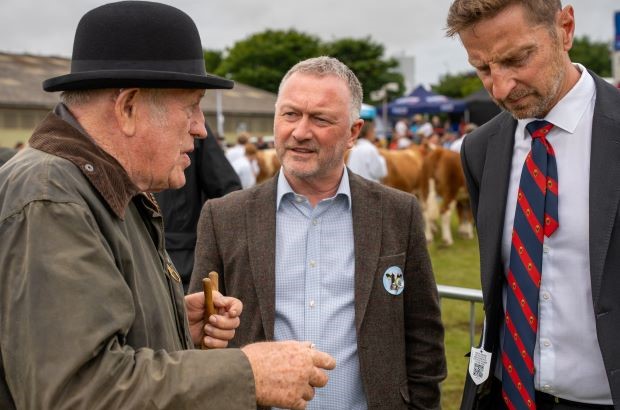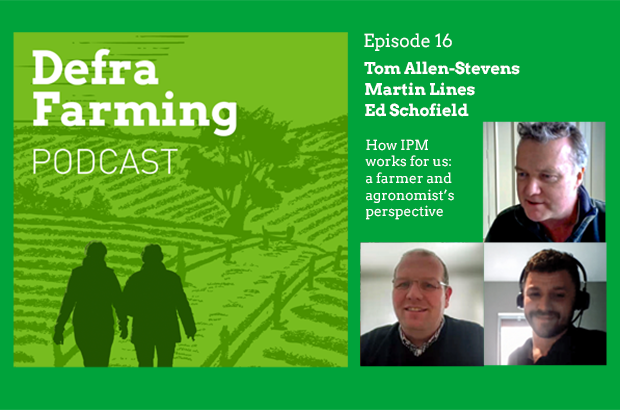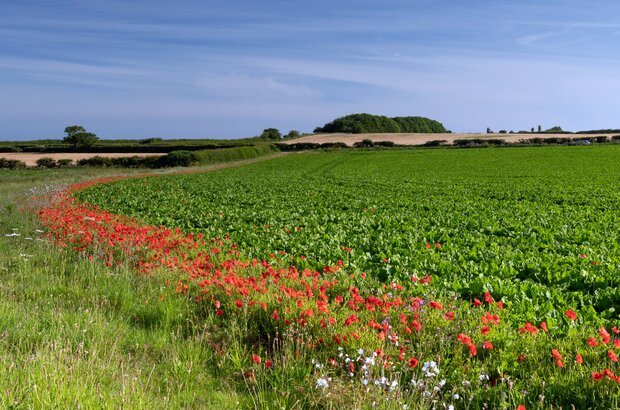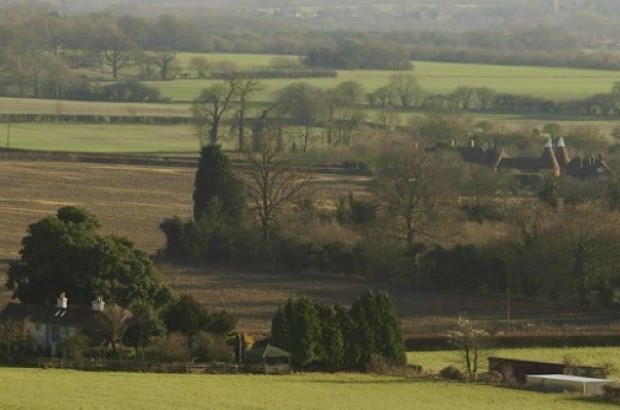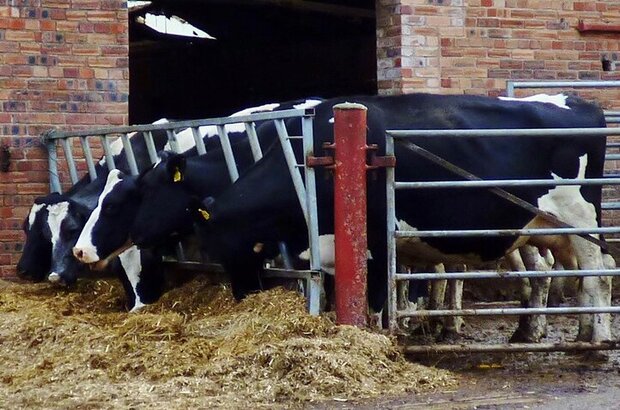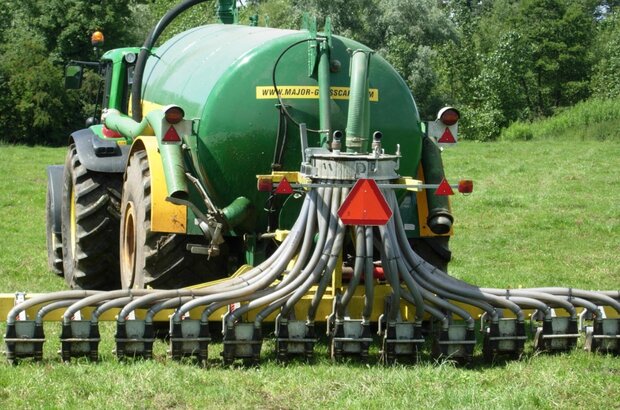Following the Spending Review, Defra has secured a multi-year funding commitment from HM Treasury. More than £2.7 billion a year will be invested in sustainable farming and nature recovery from 2026 to 2029. Funding for the Environmental Land Management Schemes paid to farmers will increase by 150% over this time period.
I’m pleased to say the Farming Innovation Investor Partnerships competition is now open. This post includes a link to watch a recent webinar.
In this episode, arable farmer and leader of the British On-Farm Innovation Network (BOFIN), Tom Allen-Stevens, speaks with farmer Martin Lines and agronomist Ed Schofield about their experiences of implementing integrated pest management (IPM).
The Accelerating Development of Practices and Technologies (ADOPT) Fund is designed to support farmer-led, collaborative innovation projects that implement new technologies and practices on farms. You can apply now.
Nature markets allow individuals and businesses to pay for the benefits that nature provides, often supporting environmental conservation and restoration efforts. A new standard aims to bring clarity and confidence to nature markets.
The UK’s National Action Plan for Pesticides guides farmers towards sustainable pest, weed and disease management through integrated pest management (IPM). By combining techniques like crop rotation, biodiversity, and selective pesticide use, IPM strengthens farm resilience, boosts food production, and helps nature thrive. In this post we share resources and case studies.
In this post, we summarise the government's £5 billion investment in farming. We outline how the funding is allocated across the Farming and Countryside Programme. We also highlight recent updates and future plans.
With record numbers of farm businesses in farming schemes and the sustainable farming budget successfully allocated, we will stop accepting new applications for SFI from today. In this post, we set out what it means for you.
From today, livestock farmers can now apply for funding for both the Animal Health and Welfare Review and the endemic disease follow-up for more than one species. In this post, we give an overview and details of a webinar for you to learn more.
Today, Steve Reed, Secretary of State for Environment, Food and Rural Affairs, announced new opportunities to apply for productivity grants in 2025. In this post, we give an overview.
